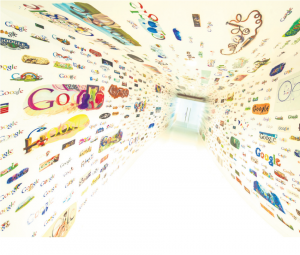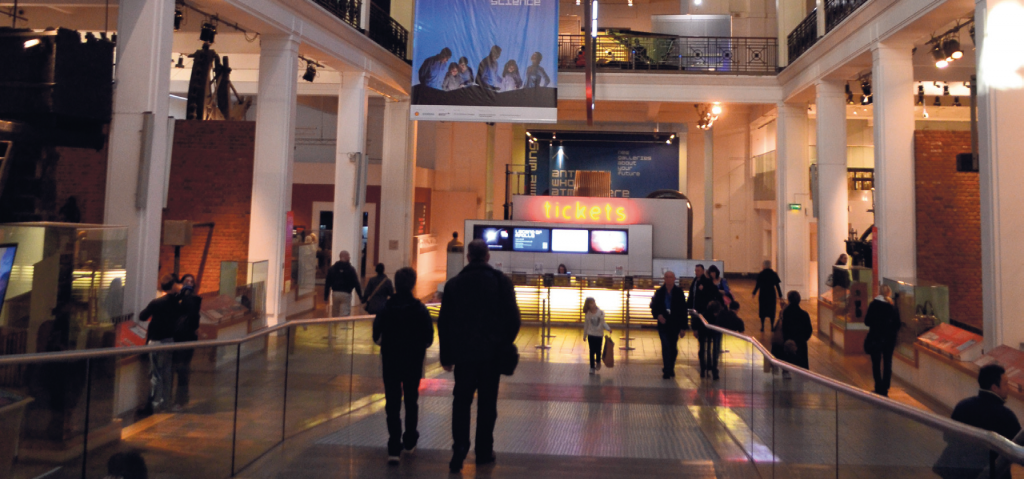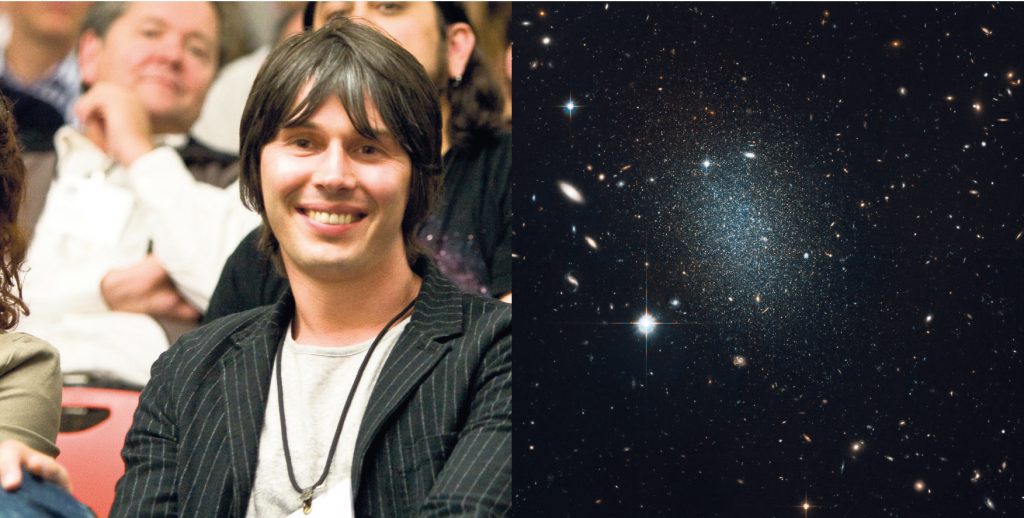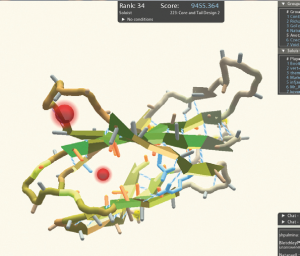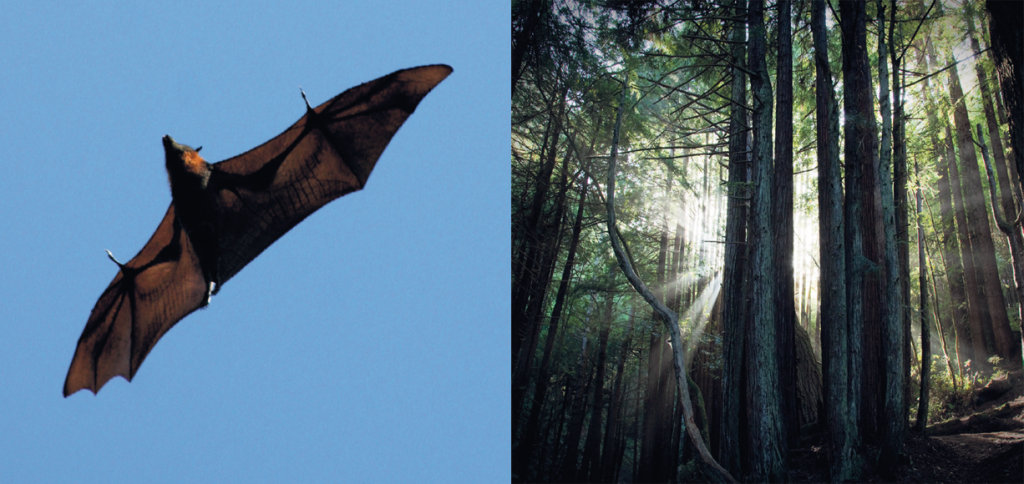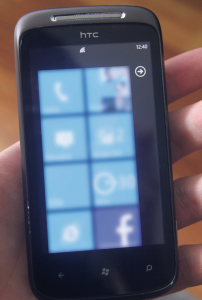WEDNESDAY, 3 OCTOBER 2012
“Eureka! Boffins find Higgs Boson” ran the headline on The Daily Star website. News of the Cern report on the 4thJuly 2012 was echoed by all of the major British newspapers and news channels, while Twitter and Facebook were lighting up with the announcement before the press conference in Geneva had even concluded.While this public acclaim reflects the importance of the finding, it also represents the interest that ordinary people have in scientific discoveries today. Non-scientists are invading the stereotypical world of spotty teenage nerds and ancient fumbling bespectacled professors, and finding that they like it. Could it be that science is becoming cool?
The statistics certainly point that way. A series of surveys on public attitudes to science in the UK found that interest in science has been continuously increasing since 2000. These surveys also show a recent increase in the number of people attending science-related activities. In 2011 a third of participants had attended a science museum (or centre) in the last year, up from a fifth in 2008.
Examples abound of entertainment activities and events with a science spin, from the Guerrilla Scientists setting up entertaining science demonstrations at popular music festivals, to the ever-popular, adult-orientated ‘Lates’ at the Science Museum and the Natural History Museum in London. Rachel Inglis is a PhD student at the University of Cambridge and a regular volunteer at the Science Museum Lates. She thinks that they are perceived as “a different and fun way to spend an evening out with friends.” Apart from the more obvious lures of wine, speed dating and a silent disco, Rachel believes that guests are attracted by the easy to understand Christmas lecture-style talks, and leave “more interested in, and excited by, science.”
We are all surrounded by science. It’s on our computer screens, televisions, radios and in our newspapers. TV shows, particularly those combining science with comedy have done a lot to draw in broader audiences, as has the rise of the science-entertainment celebrity. The success of Robin Ince and Professor Brian Cox’s ‘Monkey Cage’ phenomenon is an excellent example of this . Both the BBC Radio 4 show The Infinite Monkey Cage and the ‘Uncaged Monkeys’ live tour combine light-hearted comedy with real scientific issues, from cryogenic freezing to statistical bias in the pharmaceutical industry. Although this particular blend of science with chatty comedy is not without its critics, such as New Scientist reporter Jacob Aron on his Just a Theory blog, by and large it has been an extremely popular mix, as testified by the radio show’s Gold Award in the Sony Radio Awards 2011 (and the audiences of thousands that turn up to watch the live performances).
It is likely that the ubiquity of science in mainstream entertainment increases our interest in science, while continuing to be driven by it. Producers only make science shows because they judge them likely to draw an audience; yet the successful shows ignite an interest in science topics even in the uncommitted audience member or channel-surfer. As a result, public scientific enthusiasm is increasing and scientists are becoming more creative in encouraging people to enjoy and understand science.
With the popularisation of science, rapid evolution of technologies and widespread use of the Internet, the motivation and means for a brand new way for the public to get involved with science has come about. ‘Citizen Scientists’ are members of the public—often with no scientific training—who, through their own curiosity or interest in science, are helping scientists analyse data by observing, measuring or allowing researchers to use the computing power of home computers.
The participation of non-scientists in scientific research is novel for our generation but old news to science. Historically, modern science was often an amateur endeavour explored as a hobby by wealthy ‘gentlemen of science’, with some entire fields of science largely self-funded until the mid-20th century. Northern pubs in the 18th century saw taxonomical debates of plant and animal species by working men as part of Linnean societies, and Charles Darwin strongly encouraged hobbyists to contribute to his work, receiving and replying to letters from amateur scientists around the world. Nowadays the Internet has helped to transform citizen science, uniting amateurs and scientists with a common interest and feeding back into society to fuel a passion and awareness for scientific endeavour.
Citizen science projects have begun to pop up all over the Internet in a broad range of scientific fields. Distributed computing projects like SETI@home, which analyses radio signals from outer space for signs of extra-terrestrials, are a popular means for non-scientists to get involved. They work by taking advantage of your home computer’s downtime to allow researchers to harness a bit of extra computing power for their project.
Distributed computing projects help out researchers considerably, but have minimal opportunity for active citizen involvement. Stardust@home was one of the first distributed thinking projects to focus on engaging its citizen scientists in the research task. In this project, volunteers sift through 1.6 million images of a synthetic porous material called an aerogel that had been exposed to interstellar dust during NASA’s Stardust mission. Its goal is to find stardust in this vast collection of pictures, a task estimated to take about a century for an individual. By crowdsourcing the problem, however, a pair of interstellar particles was found within four years of releasing the images taken by Bruce Hudson, a former groundskeeper from Canada, whose right side had been paralysed by a stroke. Galaxy Zoo, another popular distributed thinking project, gets its users to classify galaxies. Participants have made impressive discoveries, finding images of unusual astronomical phenomena like quasar mirrors and ‘green pea’ galaxies that would otherwise be lost in an impossibly large heap of data.
Online communities have sprung up from citizen science projects like Galaxy Zoo, with chat rooms, message boards and wikis for users to engage in research even further by communicating with scientists and fellow citizen scientists. In fact, though most citizen scientists volunteering for Galaxy Zoo report a wish to contribute to research as their main reason for participating in the project, others list the sense of community as a top reason for taking part. Researchers heading crowdsourcing projects count on this kind of motivation to keep members active and recruit new participants.
Despite its increasing popularity citizen science is not without its critics, with some scientists expressing concerns over the validity of volunteer-generated data. The worry is that without scientific training citizen scientists may not accurately collect data and may introduce bias into the results. Simple projects, like counting the number of animals in an area, leave little room for error, however as projects increase in complexity, such as identifying the species of animal in the area, the risk of inaccuracy also increases, with one study suggesting that volunteers are only just over 10 per cent more accurate at identifying species than random guessing.
So how do scientists insure the validity of results generated by citizen science projects? Zooniverse, the largest citizen science website, and home of Galaxy Zoo, regularly carries out spot checks on citizen science data and claims users do pick out good matches that tally with data collected by professionals. Other small-scale projects ensure trained scientists verify all data, something completely unfeasible for large projects generating massive amounts of information. These larger, mostly online, projects try to limit error by encouraging volunteers to ‘leave it out if in doubt’ and use scientist-led discussion boards and forums to allow citizen scientists to discuss their questions and concerns with experts.
Scientists need to know that volunteer generated data can be trusted as more and more researchers are turning to citizen scientists to aid analysis as current methods of data collection continue to spit out information at an alarming rate. Increased demand for their help will mean that volunteers will be able to pick and choose which projects are worthy of their time and effort. One project, evolved from a distributed computing project, may hold the key to attracting users.
Foldit requires participants to come up with new and innovative ways of folding a protein in order to minimise its energy state, potentially reflecting its natural shape. It seduces users by turning this important scientific problem into a game, with levels and ranks, collaboration and competition. One of the most successful citizen science projects, Foldit represents an important example of the direction in which this new area of science is heading, toward greater involvement of its users such that they get back at least as much as they contribute to research projects.
At the 2012 Cambridge Conservation Forum’s summer symposium, Professor Kate Jones of the Zoological Society of London (ZSL) questioned where the majority of new citizen science data was going to come from. Before introducing her iBats application for bat monitoring with smart phones (which has so far collected data on 30 species from over 48,000 square kilometres, thanks to over 1,000 volunteers), she asked, “How can we get more data in smarter, better ways?.”
In more economically developed nations, the ubiquitousness of smart phones, their portability and complete integration into even the most intimate arenas of our personal lives (according to Ofcom, 47 per cent of teenagers use their smartphones in the toilet) has led to an explosion in citizen science applications, and there is little doubt now that they are the future medium of citizen science. Developing applications for smart phones has become easy, even for coding virgins, through sites such as Epicollect. With just under 90,000 downloads so far, the ZSL’s recent Instant Wild app is a perfect case study.
“Many endangered animals are found in remote and inhospitable places such as mountainous terrain or the depths of the rainforest,” explains the ZSL’s web developer Alasdair Davies. “Traditionally, conservationists have used ‘camera traps’ to capture photographs of rare and endangered wildlife where it is often hard to track them down. It’s incredibly important to know that a species on the verge of extinction can still be found in a particular area so action can be taken. We can collect real time information and conservationists can act quickly to conserve species in the wild.”
Over a century after The National Geographic first published trail photographs from the camera trap pioneer George Shiras’, Instant Wild now sends camera trap photographs from ecosystems of the user’s choice straight to their pocket for identification.
Davies goes on to say that “Instant Wild aims to save conservationists thousands of hours by empowering the general public to help sort the live images by species group enabling scientists to analyse the data much faster and make informed conservation actions instantly due to the live feedback and data collected by the app users.”
It’s not just endangered animal research that has benefited from this technology. Interested in Redwood tree dispersal? Download Redwood Watch. Want to help NASA keep track of meteors? Download Meteor Counter. No matter what your interest is, there’s an app for that, and anyone (with a smartphone) can help the scientists of their choice.
But the prerequisite interest of a phone owner in that subject might be a stumbling block. Citizen science might beat trawling through Facebook in a spare five minutes waiting for a train, but not everyone visits Scientific American to search for the newest ways to help complete metaprojects. In addition, citizen science projects usually require investments of time and apps need to keep users interested. Apple’s AppStore offers over 500,000 apps, so why would someone download an app, spend the time to get used to using it, and then keep on using it? The secret for recruiting citizen scientists, it seems, might lie with game designers.
With over 100 million ‘gamers’ in Europe (and the average 21-year-old American having played video games for five times as long as the time they’ve spent reading during their life), ‘gamification’ could be the key to participation. Although ‘gamers’ have already proved their worth at working on specific exercises such as FoldIt, even those who don’t play games and aren’t tuned to problem solving could become citizen scientists without realizing it and, more importantly, enjoy it. After all, enjoying games (or, as the philosopher Bernard Suits defined them, ‘voluntary attempts to overcome unnecessary obstacles’) seems to be hardwired into humans, and by defining goals, rules and a feedback system, tasks or even chores can be turned into activities we enjoy, return back to and try to get the highest score at. This hasn’t been lost on industry, and gamification has become big business. Nike and Weight Watchers are just two of the companies that have inserted level ups and competition against other ‘players’ into their apps. Even the Wellcome Trust this year called for scientists to gamify their PhDs to raise public awareness.
“There are only so many badgers you can identify before you grow tired of a similar photo appearing each evening,” said Davies on Instant Wild. “By incorporating a game element, such as competitions to become the quickest at identifying a species or identifying the most number of animals, we hope to include score charts and provide feedback and interaction.”
Citizen science projects have created a symbiotic relationship between the scientific community and the general public. By harnessing the computing power of the general public, scientists are able to analyse significantly more data and achieve far more than they could alone. Meanwhile, the public gains a greater understanding of science, the excitement of scientific discovery and, as gamification shows, entertainment.
From using the Internet to classify galaxies, social media to model pandemics and smartphones to monitor animal populations, new technologies have opened up science research to everyone, something that can only be a good thing for society and science as a whole.
Luke Maishman is a 2nd year PhD student in the Department of Pathology
Jordan Ramsey is a PhD student in the Department of Chemical Engineering and Biotechnology
Nick Crumpton is a PhD student in the Department of Zoology
